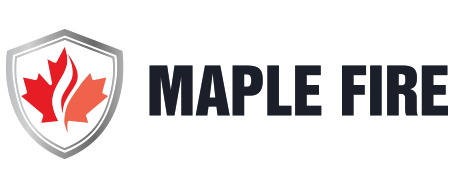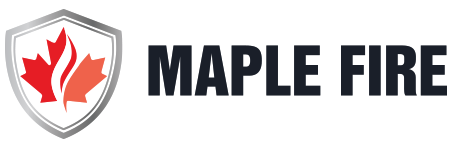Sprinklers save lives. Well maintained and functioning fire sprinkler systems are an integral part of a company’s overall fire safety plan. Maple Fire helps you stay compliant by providing inspection and maintenance for all types of fire sprinkler systems based on jurisdictional requirements in buildings of every size, shape and type.
With our fire sprinkler system inspection and maintenance services, you can be confident that your systems are prepared to protect the lives of the building’s occupants, protect your property, and pass your local fire protection jurisdiction requirements. Inspection and maintenance of sprinklers are required on a monthly, quarterly, semiannual, annual, and five-year basis. We will work for hand in hand with you and design a program that will meet your needs.
We have you covered from specialized industrial warehouses to high-rise commercial towers, hospitals, residential buildings, hotels, shopping centres and more.
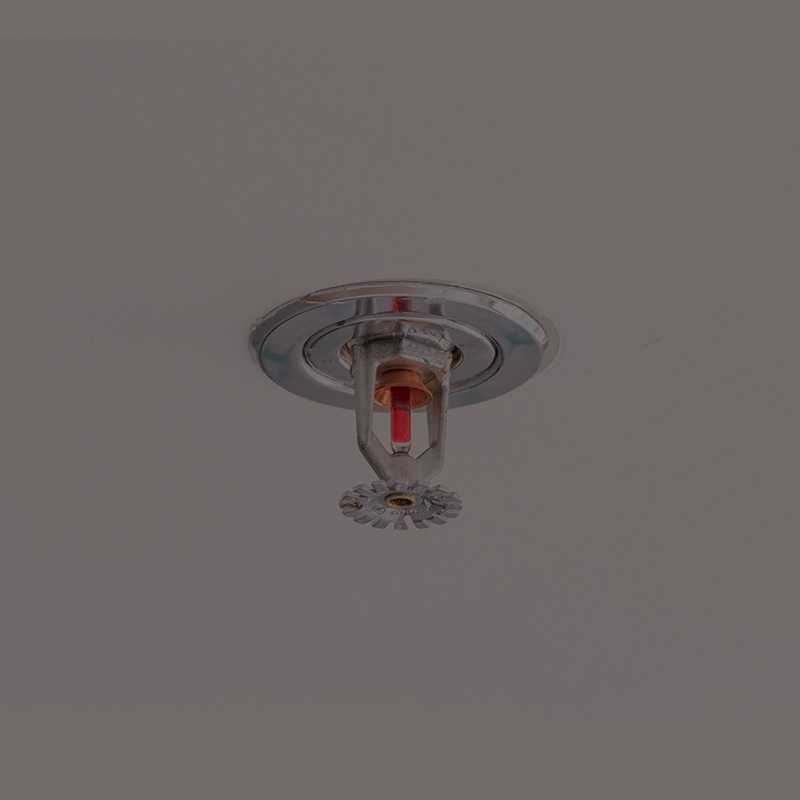
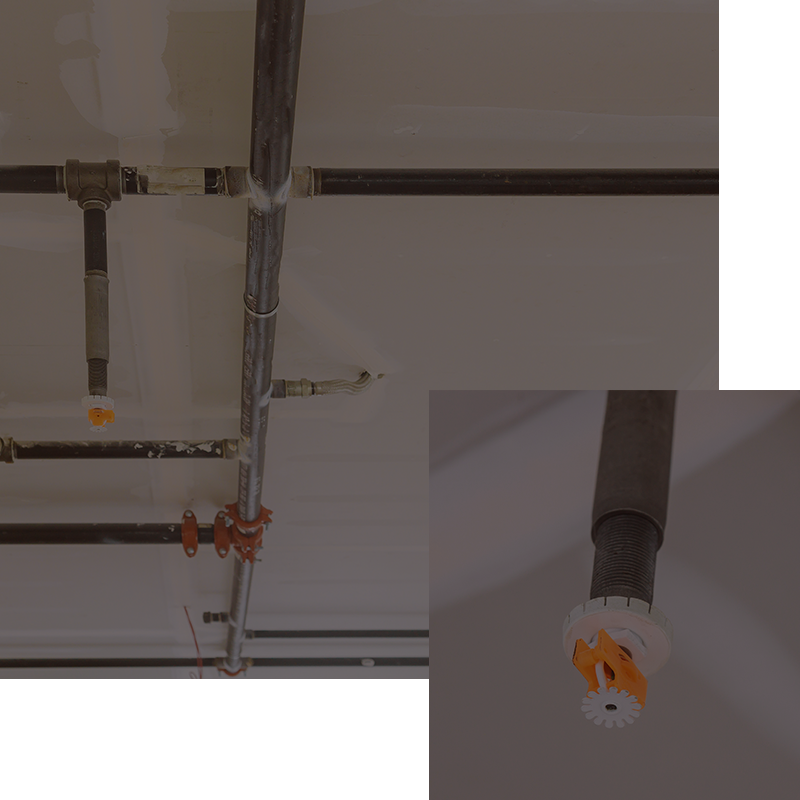
FIRE SPRINKLERS BENEFITS
- Preventative maintenance programs
- Deficiency repairs, tracking & reporting
- AHJ intermediary
- AHJ requirement compliance
- Code consulting
- ASTTBC-certified
MAINTENANCE SCHEDULE
WEEKLY / MONTHLY
- Inspection of gauges depending on system (dry, pre-action, deluge and wet systems)
EVERY 3 MONTHS
- Inspection of alarm devices, hydraulic nameplate and fire department connections
EVERY YEAR
- Inspection of buildings, hanger/seismic bracing, pipe, fittings and sprinklers
- Inspection and testing of control valves, alarm switches, gauges, backflow preventer, anti-freeze loops, fire department connections, and visible piping
- Inspection and trip test of dry, pre-action, and deluge systems
EVERY 5 YEARS
- Inspection of hoses, containers, and piping. Service as needed
- Standpipe testing (including dry standpipe hydrostatic testing)
- Internal pipe inspections & obstruction investigations
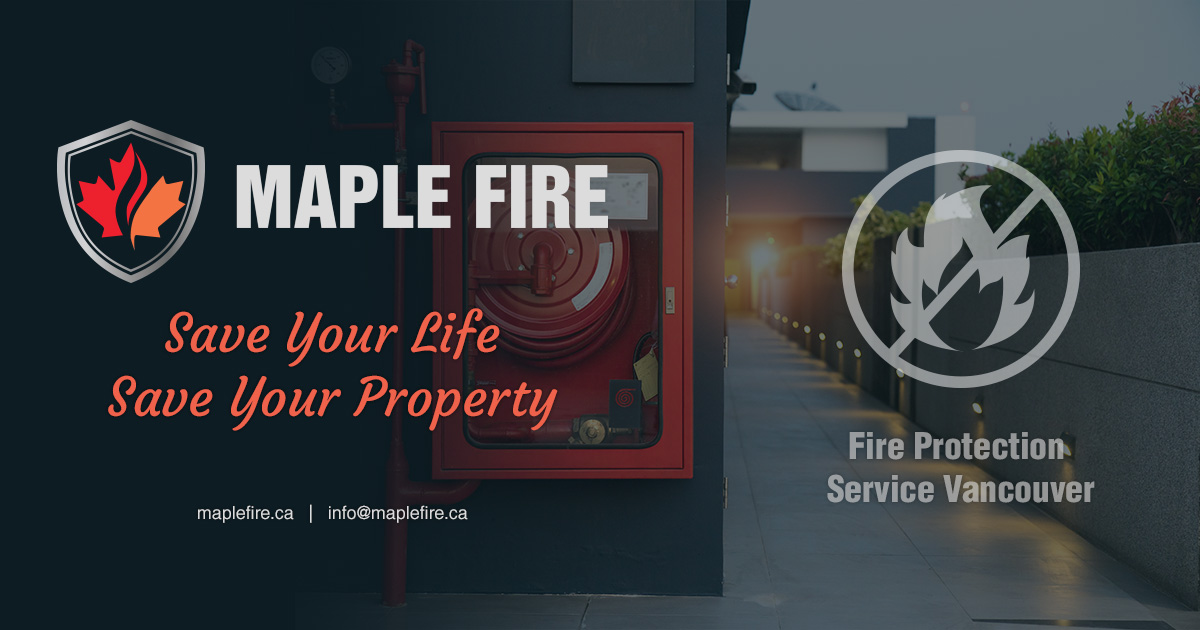
HOW WE WORK
INSPECTION PROCESS
DURING AN INSPECTION, OUR FIRE SPRINKLER TECHNICIANS WILL COMPLETE:
- Inspection to determine if the system is in service and in satisfactory condition
- Identification of conditions that could compromise the performance of the mechanical and electrical components of the system
- Inspection for adequate clearance, condition, and position of the sprinkler heads to allow for proper distribution and activation
- Inspection of the sprinkler control valves for proper position, condition, accessibility, and appropriate signage
- Inspection and performance of required water-flow tests for each system from main drain and inspectors test valve (weather permitting)
- Visual inspection of the fire department connection, caps, threads, clappers, check valves, and drains
- Inspection and testing of the fire sprinkler system alarm components for satisfactory condition and operation
- Check of spare head box for proper supply and wrench
- Inspection of the general condition of visible and accessible sprinkler system piping, hangers, drain valves, gauges, and related equipment
- Test of the operation of sprinkler air compressors for proper activation and shut off, if applicable
- Test of all low-pressure alarms, supervisory circuits, and auxiliary functions for proper operation
- Review of customer changes in building status and occupancy hazard classifications that may affect the performance and reliability of the fire sprinkler system
- Tagging of devices as required and performance of all required record keeping
- Compiling of a complete report of the inspection, explanation of any deficiencies and recommendations for any corrective actions in accordance with local codes and fire standards
- Information and explanation that the inspection does not include a design evaluation or engineering analysis
